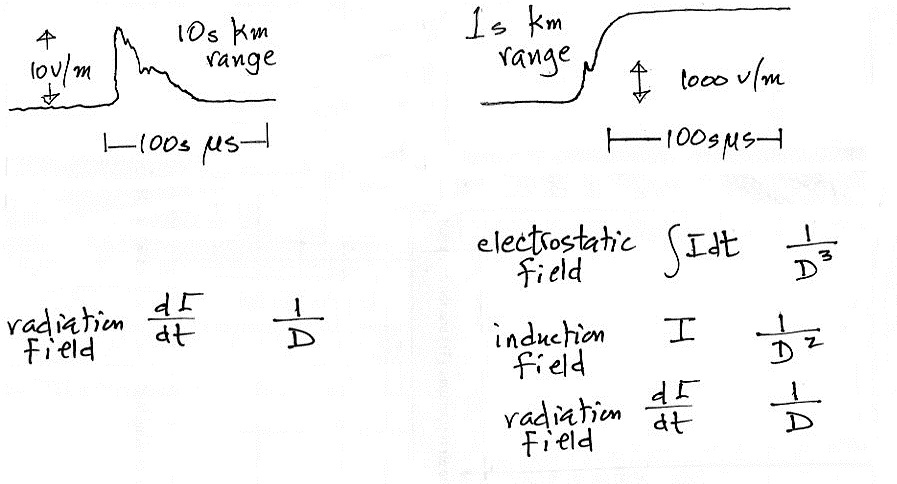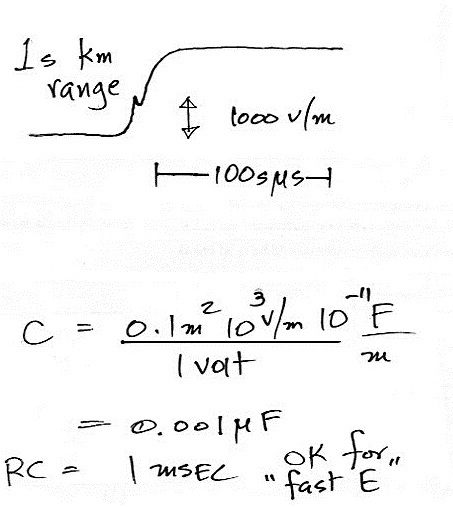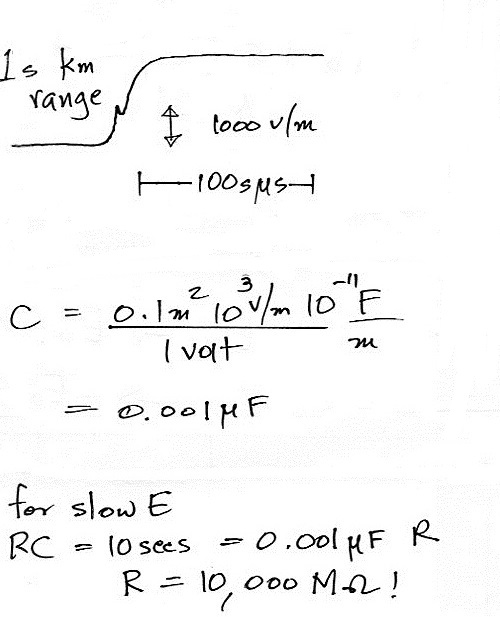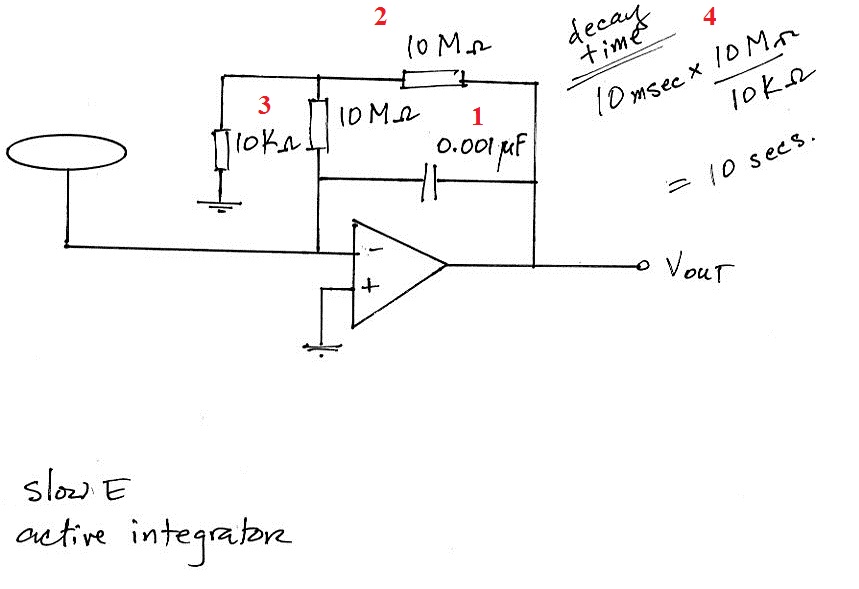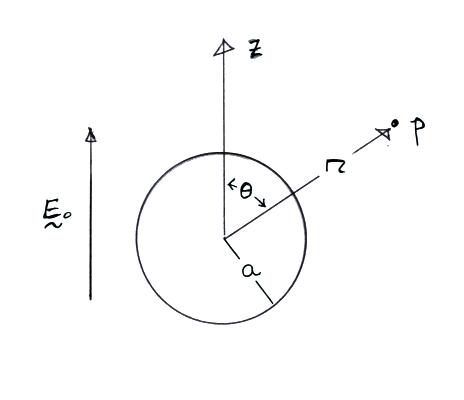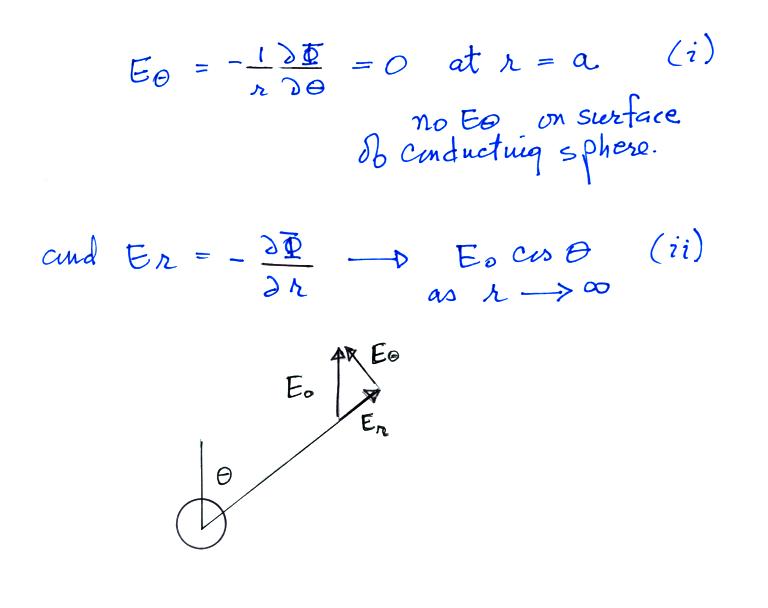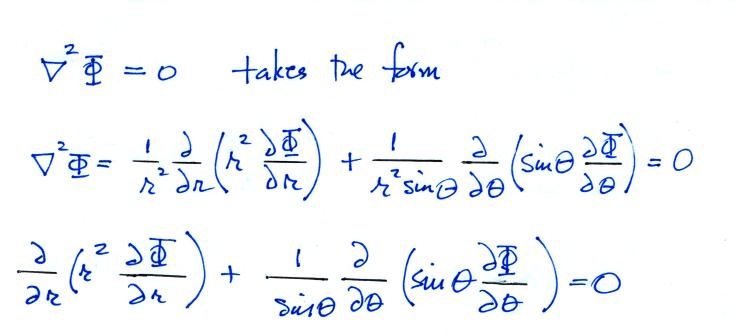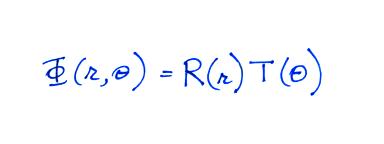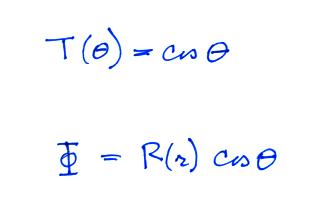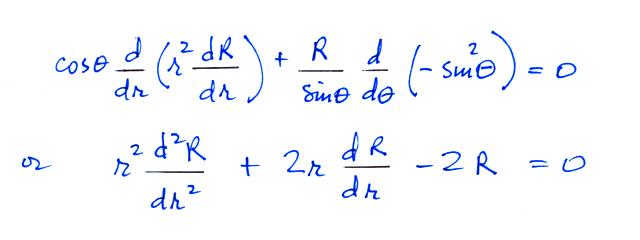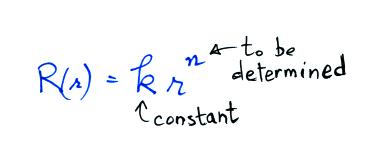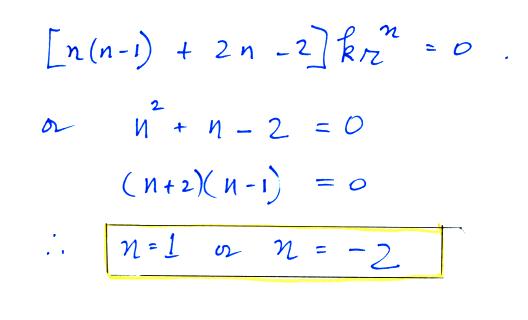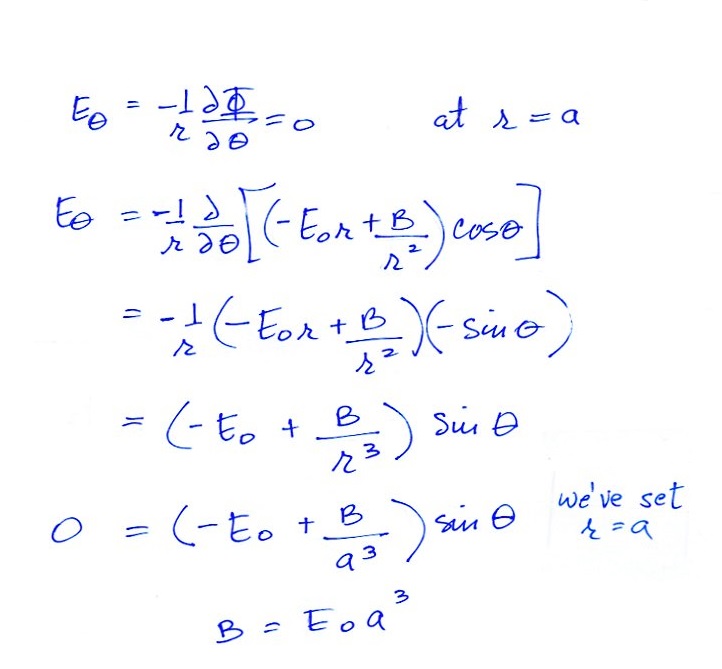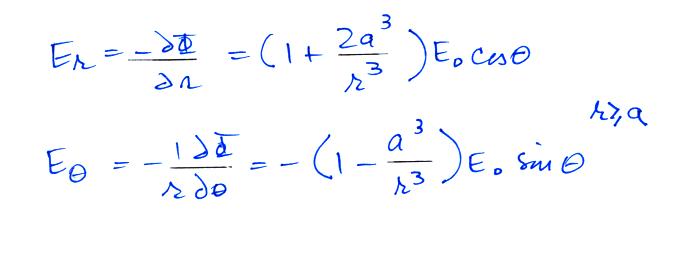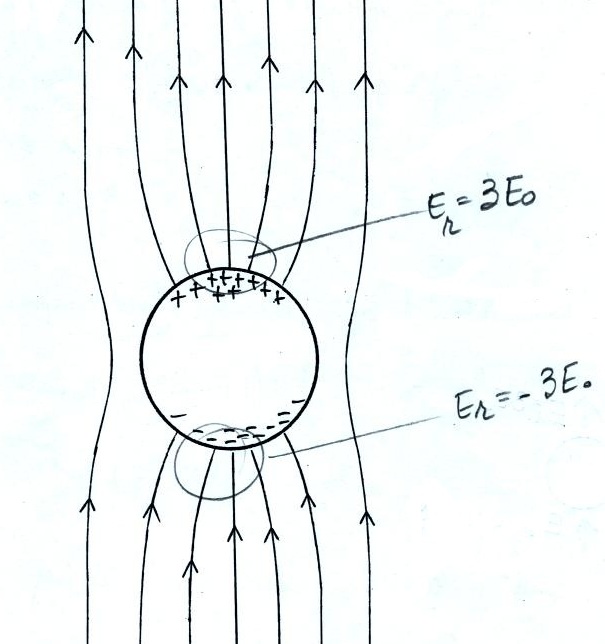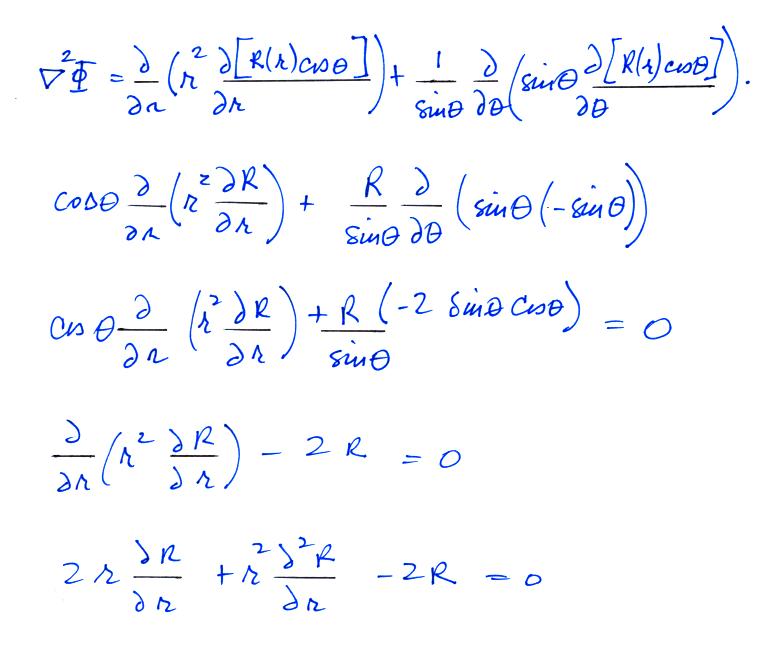First here are a couple of sketches of
the kinds of E fields you might see from a lightning strike
to the ground (a return stroke) at relatively far range (10s
of kilometers) at left and closer range (a few kilometers
away) at right.
The close field at right is made up of several
components (and we'll look at all of this in more detail
later in the class)
(i) an electrostatic field that is proportional to
the integral of the return stroke current. This field
component is slow to develop because of the integral over
time. Also the 1/(distance)3
dependence means it weakens very quickly with distance.
The integral of current over time is just charge. This
is the field that you are able to monitor with a field mill.
(ii) a field that depends on current and decreases with a
1/(D)2dependence
(iii) the radiation field depends on dI/dt. It
peaks early in the discharge and falls off slowly with
distance.
You could use both fast and slow E field antennas to
study this close field
The more distant field consists of just the radiation
field term. A fast E field antenna alone is all you
would need to measure and record a distant field like this.
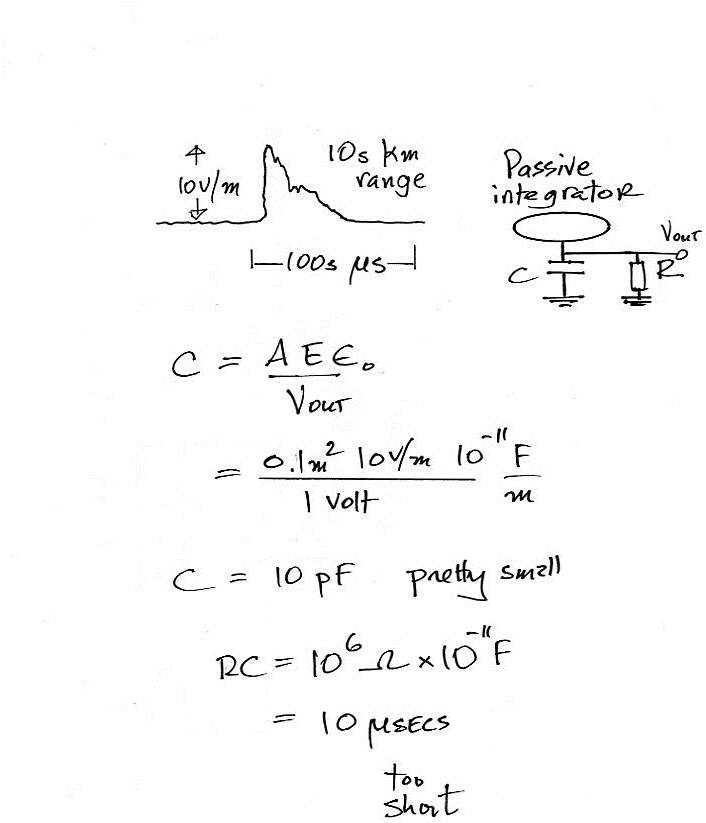
Here we're estimating the value of the
capacitance needed in a passive integrator to produce an
output voltage of 1 volt (we assume the antenna area is 0.1
m2). C would need to be 10 pF. That's
pretty small, stray capacitance in the antenna itself could
be several times that. Then when we need to connect to
some kind of measuring or recording device like an
oscilloscope. We'll assume that has an input impedance
of 1 M Ω. The resulting decay time
constant, 10 μs, is too short.
In a case like this the antenna needs to be connected to
an active integrator as shown below.
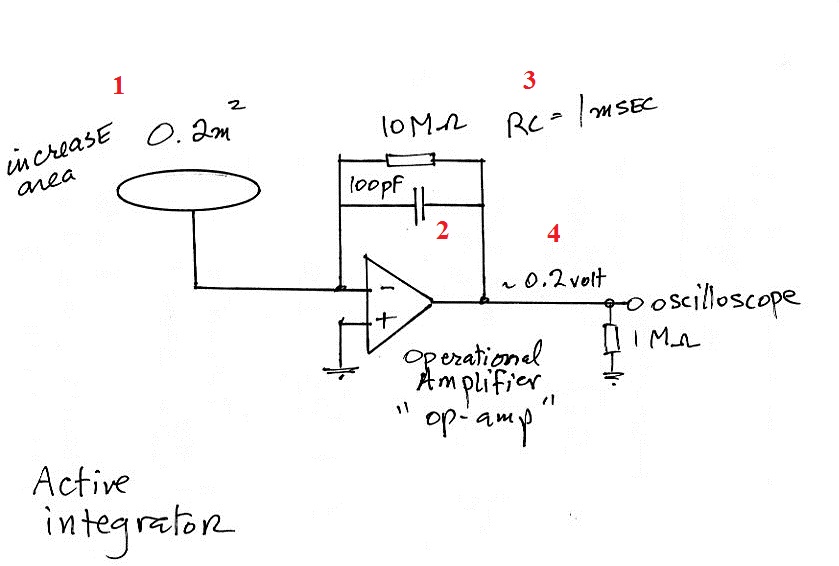
We've made the antenna area a little
larger to increase the signal (Pt. 1). Instead of 10
pf, we've used a 100 pF capacitor in the feedback look of
the op-amp (Pt. 2). The decay time constant is
determined by the produce of R and C in the feedback loop
(Pt. 3) and doesn't depend on the input impedance of the
oscilloscope. A 10 V/m E field signal would produce a
0.2 volt output signal in this case.
A passive integrator circuit would work for the closer
discharge.
Because of the larger E field signal, a
larger capacitor can be used. The decay time constant
in this case is 1 ms, which is suitable for a fast E antenna
system (we've assumed a 1 M Ω.
oscilloscope input impedance).
A slow E field antenna system would be needed to
faithfully record the longer duration field variations in
these nearby discharges.
A much larger resistance is needed across
the integrating capacitor to increase the decay time to 10
seconds. You can find resistances this large.
But when the passive integrator is connected to a recorder
the 1 M Ω input impedance of the recorder in
parallel with the 10,000 M Ω resistor would lower to overall
resistance to about 1 M Ω. An active
integrator circuit is needed here also.
We've used the same 0.001
μF integrating capacitor (Pt. 1)with a 10
M Ω resistor in parallel (Pt.
2). Two additional resistors have been added to
the circuit (Pt. 3). The effect they have is to
multiply the 10 ms decay time by a factor of 1000
resulting in a 10 second decay time. That's a very
reasonable value for a slow E antenna.
Don't worry about all the
circuit details. I've included them
just to illustrate some of what needs to be considered when
designing these E field antenna systems.
Conducting Sphere in a Uniform
Electric Field


